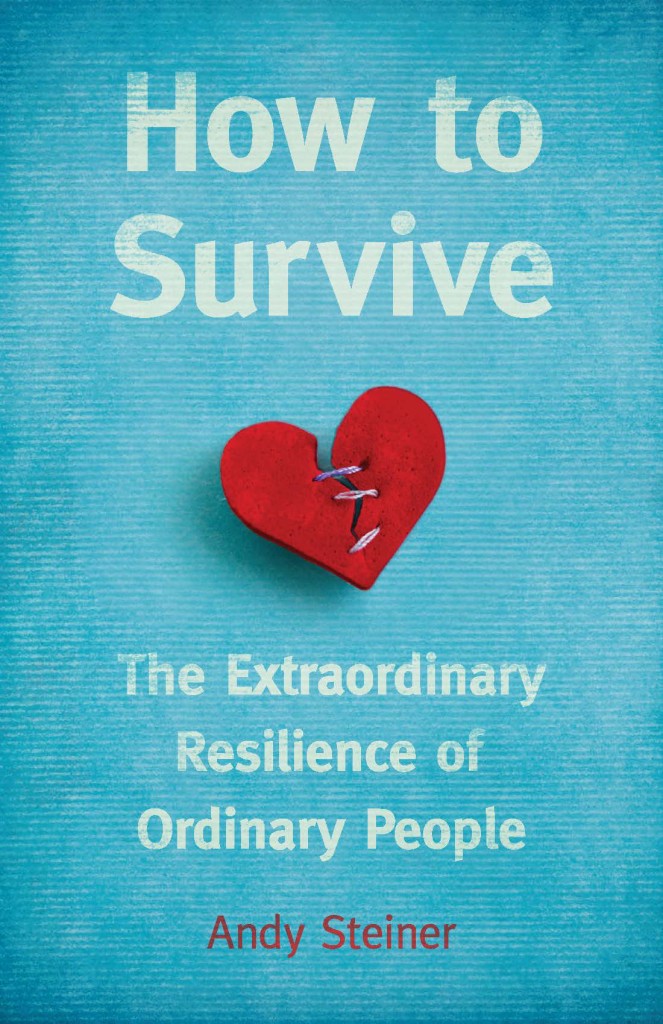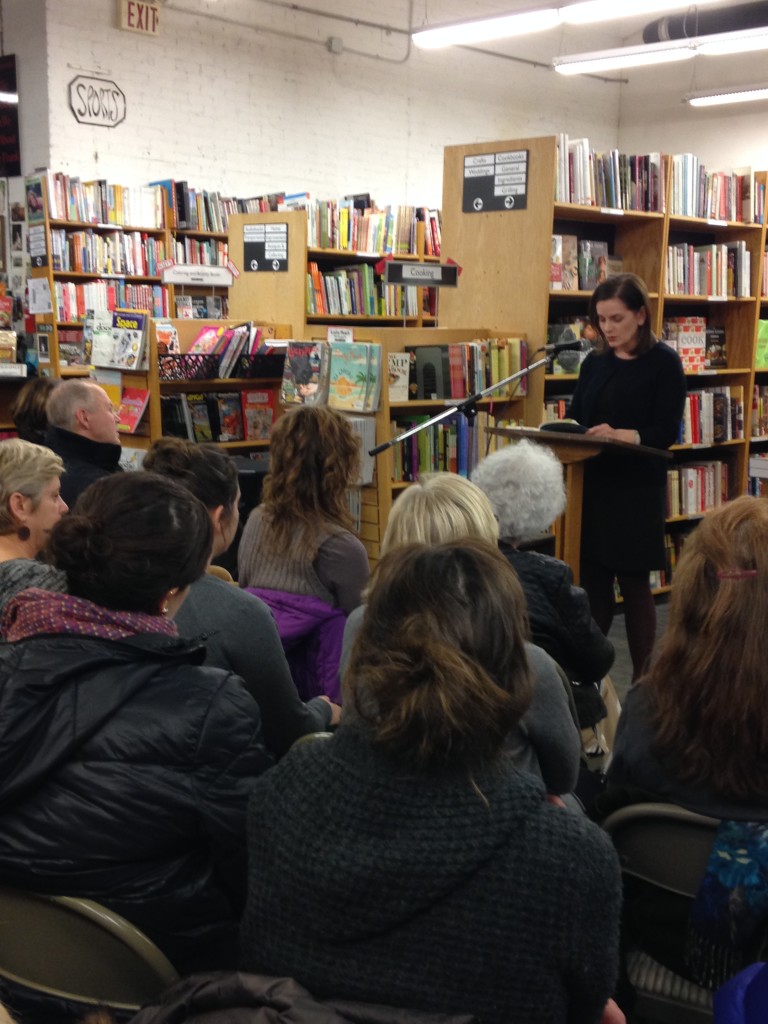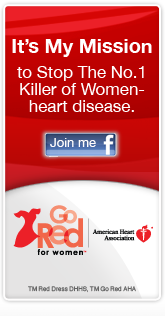 So far in my life I’ve experienced two life-altering traumas. Having a heart attack at age 37 was actually the second.
So far in my life I’ve experienced two life-altering traumas. Having a heart attack at age 37 was actually the second.
The first, and in some ways far more profound, was the birth of my son 9 weeks premature and weighing only 1 lb. 13 oz. He spent 56 days in the NICU and we spent those eight terrifying weeks sitting helplessly by his side.
I remember — with a full-body force of emotion that will never leave me — what it was like to watch people walk along the sidewalks, enter and leave restaurants, drive their cars, buy groceries, and just talk to each other as if nothing was happening . . . as if it were a day like any other.
“How can they do that,” I wondered incredulously? “Don’t they know the world is ending?”
I’ve since learned that any of those people could have been in crisis too. That’s the thing about it really, you never know what battle someone else is fighting, or how.
It is those everyday, quiet, sometimes invisible warrior stories that Andy Steiner wanted to learn about when she set about writing her book “How to Survive: The Extraordinary Resilience of Ordinary People.” How did someone ordinary — like a young first-time mom with a baby in the NICU — make it through? How does someone you know (because we worked together years and years ago) have a heart attack and then keep on going?
What makes someone ordinary, extraordinary?
Andy was right when she said I wasn’t sure I should really be included in a book of survivors; surely there are tales more dramatic and interesting and inspiring than mine. And comparing what happened to me to what might happen to others — losing a spouse, losing a child — I certainly felt inadequate.
But we went ahead anyway and Andy interviewed me over several months in 2012 and early 2013. I’m truly honored to be a part of her beautiful book. There’s no question it is odd reading about yourself from someone else’s view, but she captured my story very well, even interviewing Scott and my brother and my trainer, Stephanie, on the day she came along with me to my hospital-supervised gym, the cardiac rehab unit, and the cardiac wing where I’ve stayed too many times already.
And then, because books take time, the story she knew ended and I kept going and kept surviving, in my ordinary way.
The book was released just a few days ago, and when I read my chapter I was truly struck by how far I’d come. The Jen she first talked to in early 2012 — training for my marathon victory lap, feeling better than I had in years, in the first months of this blog — was replaced with the Jen of late 2012 and early 2013, brought once again to my knees by a second episode, two new diagnoses, and a slew of new limitations.
My survival story in Andy’s book ends with sadness and grief and loss.
“The next time I see Jen, it is just a little bit over a week since the procedure and her chest is sore . . . she’s feeling discouraged and set back, and I can see it clearly in her face and the slumped-in way she holds her body.
“‘What I once considered a one-time health crisis has turned into a chronic illness'” she says. Her future, as she now sees it, is ‘a stent every year until I’m 60, then quadruple bypass.’
‘Chronic illness of any kind takes away things you want. You have no choice but to give them up. I’m still adjusting to that reality’.”
The best I could muster up is this:
“‘I decided I can’t take this part of my identity and hide it away. I’m unable to do that. . . . I’m going to continue to be myself and just bring heart-attack Jen along.'”
I think that’s exactly the point of Andy’s collection of survivor’s stories — that we are ordinary, that we are imperfect, that we just keep stumbling along until we come out on the other side, however we define it. We aren’t the made-for-TV stories, we’re the just-like-you stories, and maybe sharing them makes someone else’s survivor journey a little bit easier — or at least seem more possible.
Andy’s epilogue is perfect:
“[That] was the reason I wrote this book in the first place. I wanted to help other people find their way through their own traumas by reading about the coping skills of others. When I experienced my own traumatic events, my subjects’ stories had the effect I was hoping for. I felt less alone.
Sure, life would be easier if we could just sail through it, free of struggle or sadness . . . but I know that an unblemished life is incomplete. . . . Life, while it can be full of joyful moments, can also wear us down. But that’s what makes us beautiful — and real.”
In the two years that passed between my last interview with Andy and today, so much extraordinary ordinariness has happened to me — and for me. I survived. I am surviving. And I’m simply just me.
Thank you to Andy Steiner for including me in this book and showing me how far I’ve come, and thank you to Think Piece Publishing. You can purchase the book at Magers & Quinn bookstore in Minneapolis, Subtext in Saint Paul, or on Amazon and Barnes & Noble.
 Andy Steiner reading from “How to Survive” at Magers & Quinn.
Andy Steiner reading from “How to Survive” at Magers & Quinn.



Thank you for writing this, Jen. A lovely post.
Beautiful post!
Jen,
Thank You so much for all of your posts. I am a pick yourself up (somehow) , put one foot in front of the other and just keep going kind of a person but I have never done it alone. There has always been someone there for me to inspire me and give me hope… Usually a stranger. When I had my heart attack it was you and through you I met Jodi from KC. Though 20 + years younger than me both of your posts made me feel my old life was just as important and gave me both hope and the tools to help me help myself.! What I can give back comes through experienced eyes and it is this. What you do matters more than you will ever know. You are saving lives but even more important giving hope to both young and old to know someone is there to help them face the fears that come along with this insidious disease.
Jan,
Thank you so much for reading and for this comment — I agree that the women I’ve met online, the ones I found and those who found me, have helped me more than I can ever really explain. Thanks for letting me be a part of your life too.
Jen